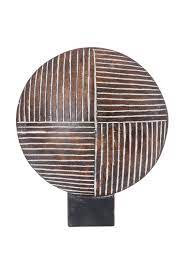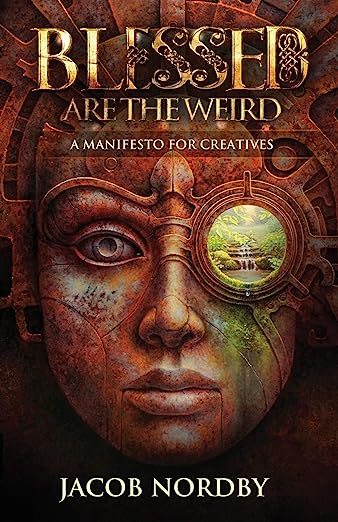
This week I finished a short story I’ve been noodling around with for about five years. It started with an image of an old woman building a circular wooden device in her backyard. I saw her in a seaside town on a New England island, threatened by rising sea levels. She refused to evacuate, instead collecting items from the people in the village to add to her circle, which would become a magical shrine.
The finished version is quite different. There is still an old woman, but she lives in ancient times and travels to a village being held hostage by armed invaders who are waiting for the harvest so they can steal it to supply their army stationed nearby. She builds a circle in the forest, constructed of stone, and collects items from the villagers for a shrine, although no one knows why.
I always knew how the story would end. Rarely do I start a story without knowing its end, although I may not know the middle. The end is the most satisfying part, and when I finished what I now call “Mosaic,” I realized why it took so long.
When I started, I had a vague grasp of what the character was doing, but not until I knew more about the transformation she would undergo did the piece come together.
That is often the way. The impulse comes. Sometimes an image. A character. A setting. A title. But not enough for a complete story.
Patience has never been one of my virtues, but I’ve learned that forcing my creative energy to bend to the demands of my analytical mind is not helpful.
In other areas of my life and work, setting goals and making plans works fine. In rewriting, editing, finding markets, developing classes, and working with students, a loving discipline is useful.
But not for the initial creation.
For that, I must wait. Surrender to the process. Sometimes a day or two. Sometimes years.
I used to judge myself for the waiting. Then I noticed that waiting is valuable. It allows the creative impulse to gather itself, to grow and become more than it was.
Slowly, I learned the rhythm and timing of my Creative Self, and stopped scolding it for not marching along as quickly as ego-mind preferred.
Not that I don’t work on other things while a story is germinating. Of course I do. One of my mentors paraphrased the well-known saying:
All things come to she who waits
If she who waits works like hell while she waits.
I take that seriously. I’m a writer. I write every day. But I don’t force myself to complete what is not ready.
There is joy in waiting.
In allowing.
In surrendering to the growth required before a complete story peeks out from behind the veil.
Finishing any creative project is worth celebrating, so no matter what happens to “Mosaic,” published or not, appreciated or not, I’m happy. I finished.




 To move forward in collaboration with your Creative Self, you may need to re-arrange some priorities. I sure did.
To move forward in collaboration with your Creative Self, you may need to re-arrange some priorities. I sure did.

 Writing about the upcoming arts and crafts festival at UNM Continuing Education got me thinking. As much as a sense of unease rises in my chest at the sight of artificial Christmas trees for sale in October, I tell myself to stop being a curmudgeon. It’s the holidays! Get in the spirit!
Writing about the upcoming arts and crafts festival at UNM Continuing Education got me thinking. As much as a sense of unease rises in my chest at the sight of artificial Christmas trees for sale in October, I tell myself to stop being a curmudgeon. It’s the holidays! Get in the spirit!


 My next nonfiction book has a working title of Your Creative Self is Waiting for You. I am writing it for readers who want to access their creativity in any form. I believe we are all creative. Even those who protest, “Oh, not me, I have no talent.”
My next nonfiction book has a working title of Your Creative Self is Waiting for You. I am writing it for readers who want to access their creativity in any form. I believe we are all creative. Even those who protest, “Oh, not me, I have no talent.”
 About 50 million people worldwide are suffering from dementia in 2021, but the total number of people with dementia is projected to reach 82 million in 2030 and a staggering 152 million in 2050.
About 50 million people worldwide are suffering from dementia in 2021, but the total number of people with dementia is projected to reach 82 million in 2030 and a staggering 152 million in 2050.  A good question, posed in a graduate social psychology class, and an eye-opener for me.
A good question, posed in a graduate social psychology class, and an eye-opener for me.
 Well, here we are. It’s been a month since I’ve attended a meeting outside my home. A month since I’ve taught in a classroom. Since I’ve had lunch with a friend, gone to a movie or stood in line at the grocery store. Even for an introverted writer who loves solitude, staying home this much gets weird.
Well, here we are. It’s been a month since I’ve attended a meeting outside my home. A month since I’ve taught in a classroom. Since I’ve had lunch with a friend, gone to a movie or stood in line at the grocery store. Even for an introverted writer who loves solitude, staying home this much gets weird.